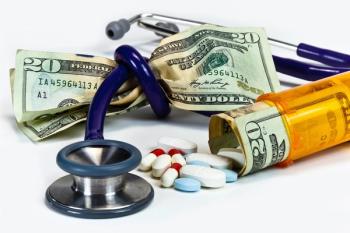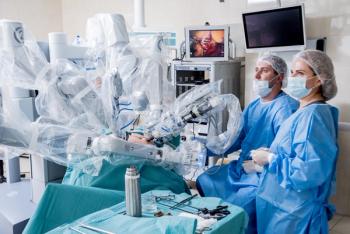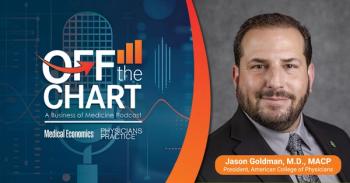
Health care adds 53K jobs in November as unemployment inches up
Key Takeaways
- Healthcare added 53,600 jobs in November, with hospitals and ambulatory services showing significant growth, while dental offices saw a decline.
- The national unemployment rate was 4.2%, with 7.1 million unemployed, reflecting an increase from the previous year.
Monthly report shows gains for hospitals, home health care services.
Health care added 53,600 jobs in November, slightly less than the average of 59,000 jobs a month added over the prior 12 months.
The gains were part of 227,000 jobs added across the economy last month, according to the
Health care jobs
Within the sector, some areas were flat or decreased slightly, but there were some noticeable gains.
Hospitals added 19,300 jobs and nursing and residential care facilities grew by 11,900 workers.
Ambulatory health care services increased by 22,400 positions, with 16,000 of those jobs in home health care services and 9,500 new staff in offices of
Other sectors
Other sectors reporting increased employment were leisure and hospitality, with 53,000 jobs, up 2,000 from the month before. In that sector, food services and drinking places added 29,000 workers.
Government jobs increased by 33,000, including 20,000 new workers in state government. In transportation equipment manufacturing, the job total rose by 32,000, the result of striking workers returning to the job. The BLS report did not state the company specifically, but President Joe Biden’s statement did, nodding to the striking machinists who went back to work at aerospace giant Boeing Co., according to news reports and the president’s statement.
Among the gains and losses of work, retail trade declined by 28,000 jobs in November, largely due to a 10,300 job loss in department stores and a 4,800 job decrease in warehouse clubs, supercenters and other general merchandise retailers.
Political reaction
The president said in his term, the economy has created more than 16 million jobs, with new positions added every single month and with unemployment at its lowest in 50 years.
“Incomes are up almost $4,000 more than prices,” said the president’s statement. “While there is more to do to lower costs, we’ve taken action to lower prescription drug prices, health insurance premiums, utility bills, and gas prices that will pay dividends for years to come.”
Newsletter
Stay informed and empowered with Medical Economics enewsletter, delivering expert insights, financial strategies, practice management tips and technology trends — tailored for today’s physicians.
















